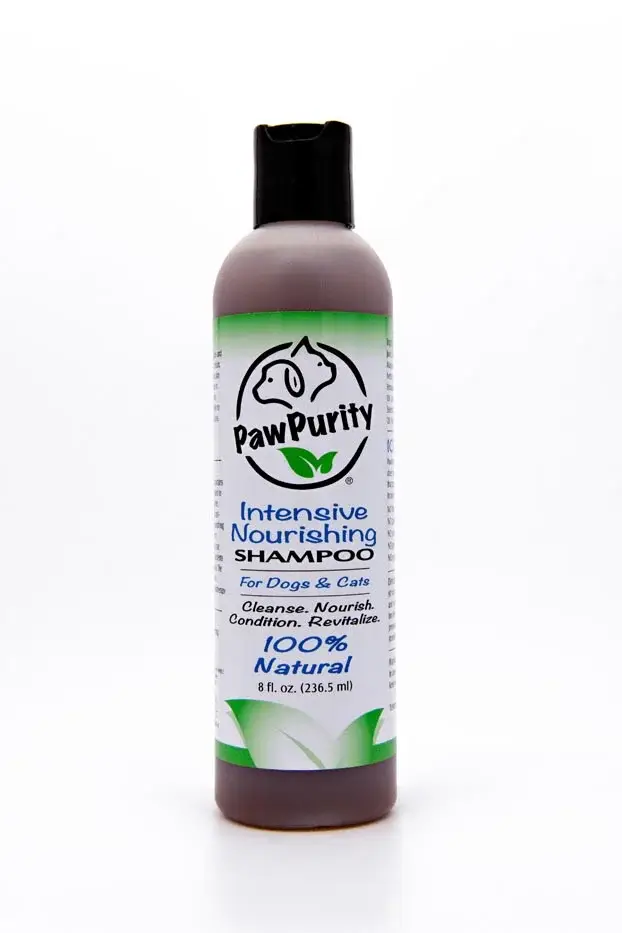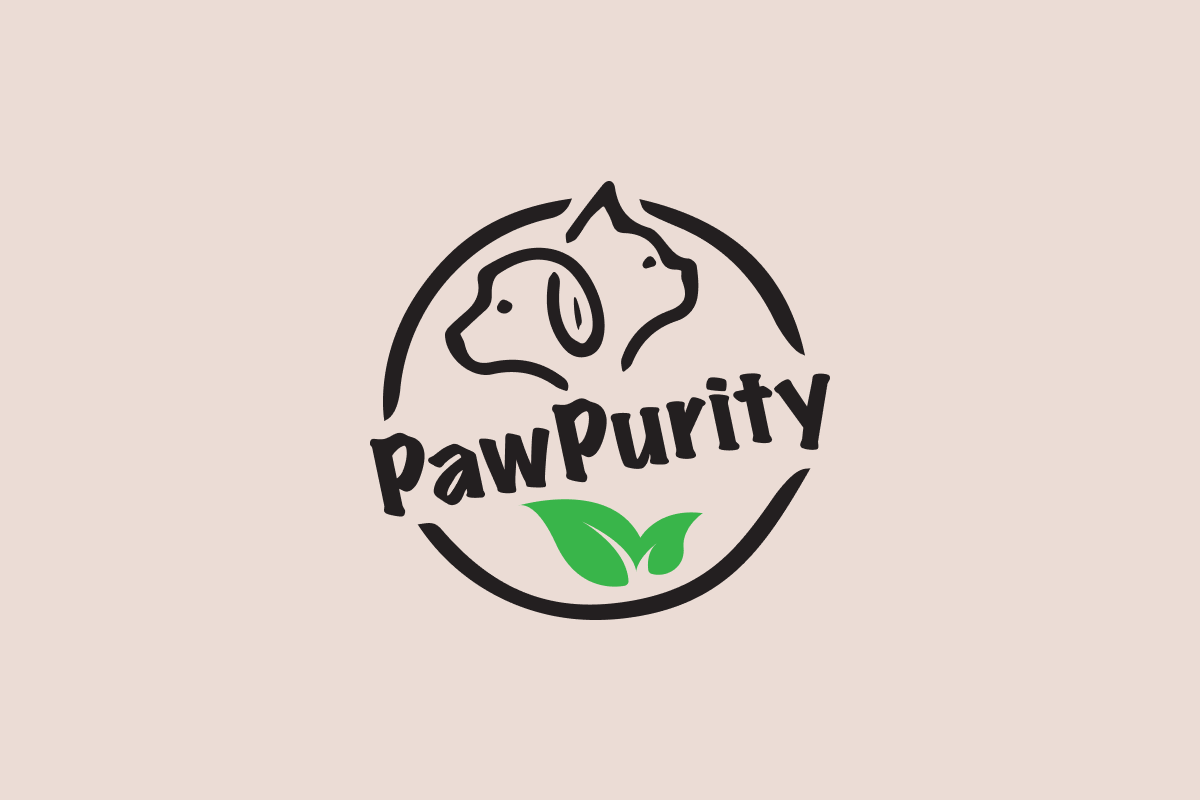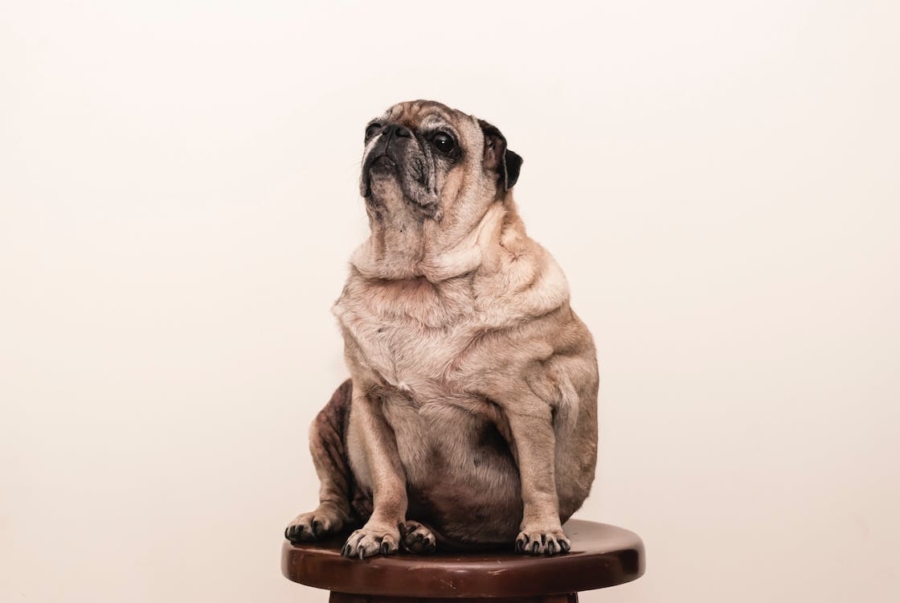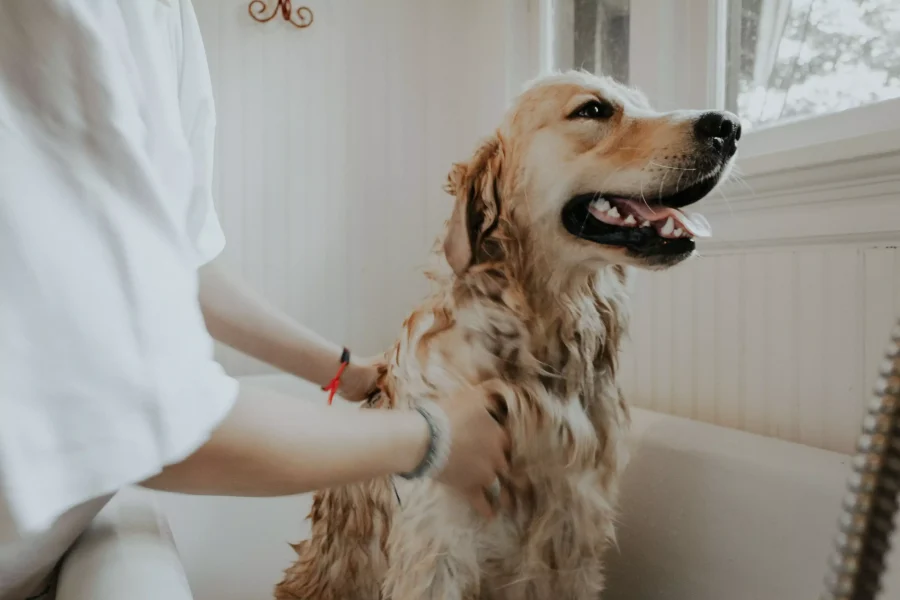Dry skin in dogs is a common problem. This can be uncomfortable and lead to skin issues such as itching, flaking, hot spots, and hair loss. Fortunately, there are some simple ways to help keep your dog’s coat healthy and hydrated so your pooch can be comfortable and look simply precious. In this blog post, we will explore the causes of dry skin in dogs and the best strategies for preventing and treating it.
The Importance of Hydration
One of the most important aspects of keeping your dog’s skin healthy is hydration. As per the findings of True Care Veterinary Hospital, dogs need plenty of water to stay healthy, and this applies to skin health. Hydrated skin is softer and supple, while dry skin is more prone to cracking and irritation. Therefore, ensuring your pup has access to clean, fresh drinking water throughout the day will help keep their skin from becoming dry and flaky.
Major Causes of Dry Skin in Dogs
Dry skin, known as canine dermatitis, is an issue many pet owners are familiar with. This uncomfortable condition can be caused by various factors, such as environmental allergies, chemical-based shampoos and sprays, poor nutrition, flea infestations, and even bacterial or fungal infections. Your best defense in keeping your dog’s skin healthy is knowing the cause so you can fix the problem.
1. Allergies
One of the most common causes of dry skin in dogs is an environmental allergy. Environmental allergies, also known as atopy, are usually caused by something in the environment that your dog is exposed to. These allergens could include pollen, dust mites, mold spores, and even certain chemicals. When your dog’s body is exposed to these allergens, it can lead to inflammation and dry skin. Most don’t realize how often getting rid of atopy can be as simple as changing from a shampoo with sulfates, artificial fragrances, and formaldehyde preservatives to an all-natural plant and mineral nourishing cleanser with conditioners, vitamins, and oils that work to keep your pet’s skin healthy and not just clean.

2. Poor Nutrition
Poor nutrition can also be a cause of dry skin in dogs. When a dog’s diet doesn’t provide adequate vitamins, minerals, and fatty acids, it can lead to an inability for the skin to hold onto moisture. To avoid this issue, make sure your dog is getting a balanced diet with essential fatty acids like omega-3 and omega-6. Gradually try changing your dog’s diet until you find one that is helping with its skin. Sometimes you may have to visit the vet and see if Hills Prescription food will work.
3. Fleas and Ticks
Flea infestations can also contribute to dry skin. Fleas not only cause itching and irritation but also suck out blood, which can further dehydrate the skin and make it more prone to cracking and flaking. To prevent this, keep your dog on regular flea treatments and check often for signs of infestation. PawPurity suggests natural repellents, as prevention is much easier and safer than battling an infestation. Applying a chemical pesticide on dry skin is only going to irritate it worse.
4. Microbial Infections
Bacterial or fungal infections can also be a source of dry skin in dogs. These infections typically occur when the natural oils on the skin are disrupted due to scratching, licking, or other behaviors. If your dog displays signs of infection, such as oozing sores, bald patches, or redness around the ears, eyes, and mouth, it’s important to take them to the vet for proper treatment and care.
No matter the cause of your dog’s dry skin, there are steps you can take to help alleviate their discomfort. First, keeping your pup hydrated and on a balanced diet rich in fatty acids will help maintain its skin health. You can also use natural remedies that contain small amounts of aloe vera, herbs and coconut oil to moisturize the skin. You do not want to use any product that contains more than 15% coconut oil, as this will cause even further dryness. Lastly, if you suspect an underlying condition such as an infection or environmental allergy, seek professional help from your veterinarian as soon as possible.
Signs and Symptoms
Knowing the signs and symptoms of dry skin in dogs is important to properly diagnose and treat the condition. Look for:
- excessive scratching
- itching
- redness
- flakiness
- dandruff
- dull coat
- hotspots
- patches of hair loss
Adding a humidifier to your home can help keep your pet’s skin hydrated. However, if your dog’s dry skin persists or worsens, consult your vet to receive proper dry skin treatment.
The Best Foods for Dry Skin in Dogs
When it comes to treating dry skin in dogs, diet plays a major role. Eating foods high in omega-3 fatty acids is the key to improving and maintaining your dog’s coat health.
- Omega-3 fatty acids
Salmon, sardines, anchovies, and other fatty fish are great sources of omega-3s. You can also add some coconut oil, olive oil, and flaxseed oil to your dog’s food. Eggs are another great food for providing essential fatty acids to improve your dog’s dry skin. Egg yolks are a rich source of Omega-3s so you can feed your pup one or two eggs a week.
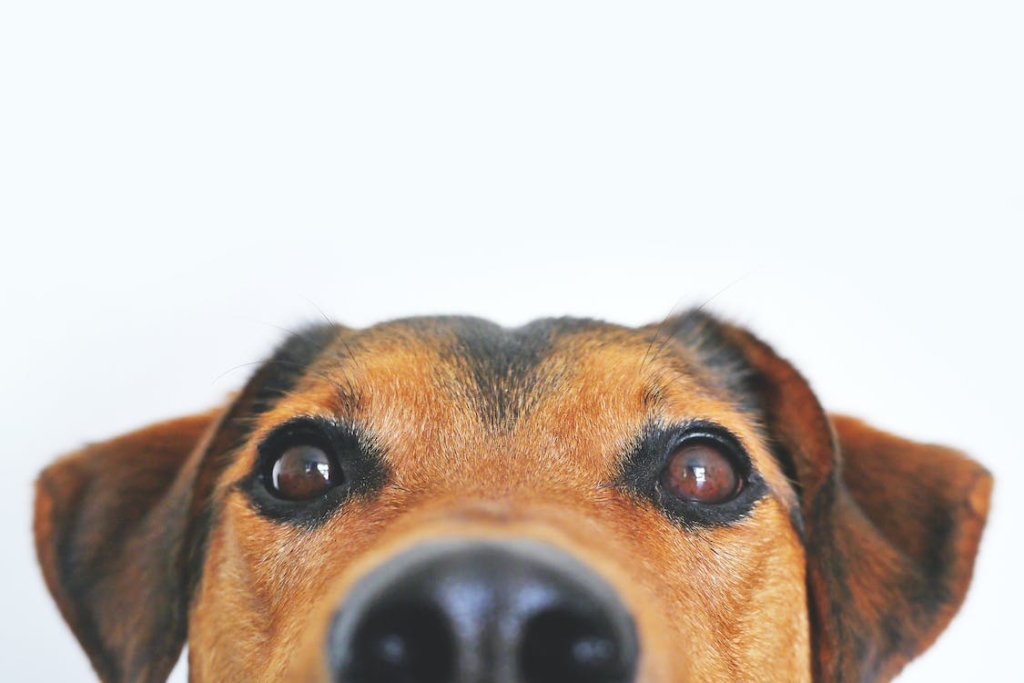
- Vegetables
Vegetables are also important for treating dry skin in dogs. Carrots, sweet potatoes, and pumpkin (canned and fresh) are all good choices for your pup. Leafy greens such as spinach, kale, and Swiss chard are also great sources of antioxidants that can help promote healthy skin.
- Meats
Veterinarians often encourage giving dogs a diet that consists of boiled turkey or chicken mixed in with kibble and rice if your dog has a sensitive stomach. Some dogs are allergic to poultry so keep an eye on your pooch for signs of reactions.
Avoid!
Finally, avoid processed and grain-based foods that contain additives, preservatives, and fillers, as they can contribute to dry skin in dogs. Keep in mind that steak can cause stomach upset and many vets will advise against it even in small amounts.
By following these simple tips, you can create a diet that will help keep your pup’s skin hydrated and healthy.
Top 3 Picks of Food Options for Your Dog
1. Hill’s Science Diet
Buy Here: Hill’s Science Diet
Hill’s Science Diet Small Bites Dry Dog Food is a great option for treating dry skin in dogs. It contains omega-6 fatty acids to nourish your pup’s skin, plus natural sources of glucosamine and chondroitin to help maintain healthy joint function. This specially formulated kibble is designed to be easy to digest, helping keep your dog hydrated and feeling their best. You will need a prescription from your vet to purchase Hill’s Science Diet. You may also ask your vet about the wet canned food as well. It’s a bit pricing at about $3.50 per can, but many pet owners love how it improves their pet’s skin and overall health.
2. Just Food for Dogs
Buy here: Just Food For Dogs
Just Food for Dogs is a great choice for pet owners looking for a dry skin remedy for their pup. This food contains salmon, sweet potato, carrots, apples, and spinach – all full of vitamins, minerals, and antioxidants that help soothe itchy and irritated skin. Plus, it’s made with human-grade ingredients and is free of grains, soy, corn, wheat, and artificial colors and flavors.
3. Merrick Grain Free Real Dry Dog Food
Buy here: Merrick Pet Care
Merrick Grain Free Real Dry Dog Food is perfect for dogs with dry skin. This grain-free formula features real salmon as the first ingredient, plus sweet potatoes as an excellent source of dietary fiber. It also includes high-quality proteins and fat to provide your pup with the nutrition they need and omega fatty acids to help keep their skin hydrated and healthy.
Best Shampoo for Your Dog’s Dry Skin
PawPurity Intensive Nourishing Shampoo is an all-natural, hypoallergenic shampoo that helps to restore dry and itchy skin. The shampoo is packed with nourishing plant- and mineral-based ingredients and vitamins to soothe, nourish, and protect your dog’s skin. Its natural moisturizers such as aloe vera, calendula, nettle leaf, red clover, comfrey, mullein, olive oil, marjoram, and other powerful healers help hydrate and restore the skin’s natural moisture and oil balance. These ingredients also promote a strong, healthy, and shiny coat.
This shampoo is great for dogs with sensitive skin, as it has been specifically formulated to be gentle while providing relief from dryness and itching. Its olive-oil base and many vitamins including A, C, and E work to protect against environmental damage.
Buy Here: PawPurity Natural Shampoos for Dogs & Cats
Wrap Up:
Dry skin in dogs is a common problem that usually can be treated without a visit to the vet. The most effective treatments for dry skin on dogs focus on hydration, good groooming products, nutrition, and protecting the skin from further damage.
- Keep your pup hydrated. Ensure your dog has access to plenty of clean water throughout the day and provide nutrient-rich foods to help keep their skin healthy.
- Consider adding a dietary supplement with omega-3 fatty acids to help reduce inflammation and promote healthy skin.
- Bathe your dog with a 100% natural hypoallergenic shampoo specifically designed to help dry skin, like PawPurity Intensive Nourishing Shampoo. This shampoo is olive oil-based and has 15 plants and minerals that work to create healthy skin and coat for your dog.
- You can also try making an oatmeal bath to soothe irritated skin. To do this, mix one cup of oatmeal with one cup of warm water and let it sit for 15 minutes. Then strain the mixture and add it to a lukewarm bath for your pup.
When to See the Vet
If your dog’s dry skin persists despite you providing the best care and using home remedies, then it is time to consider seeking professional help. If the skin is inflamed, if there is a rash or open sores, or if the dry skin is accompanied by excessive scratching, licking, or biting, then it is important to talk to a vet as soon as possible. Sores can be an entryway for bacteria to enter causing an infection.

Your vet may suggest medications or therapies help your dog’s dry skin. Common treatments include topical creams and lotions, shampoos, dietary changes, and antibiotics. In severe cases, the vet may recommend a hypoallergenic diet or even steroid injections. Whatever treatment, make sure you follow the advice and monitor your dog’s health for changes.








